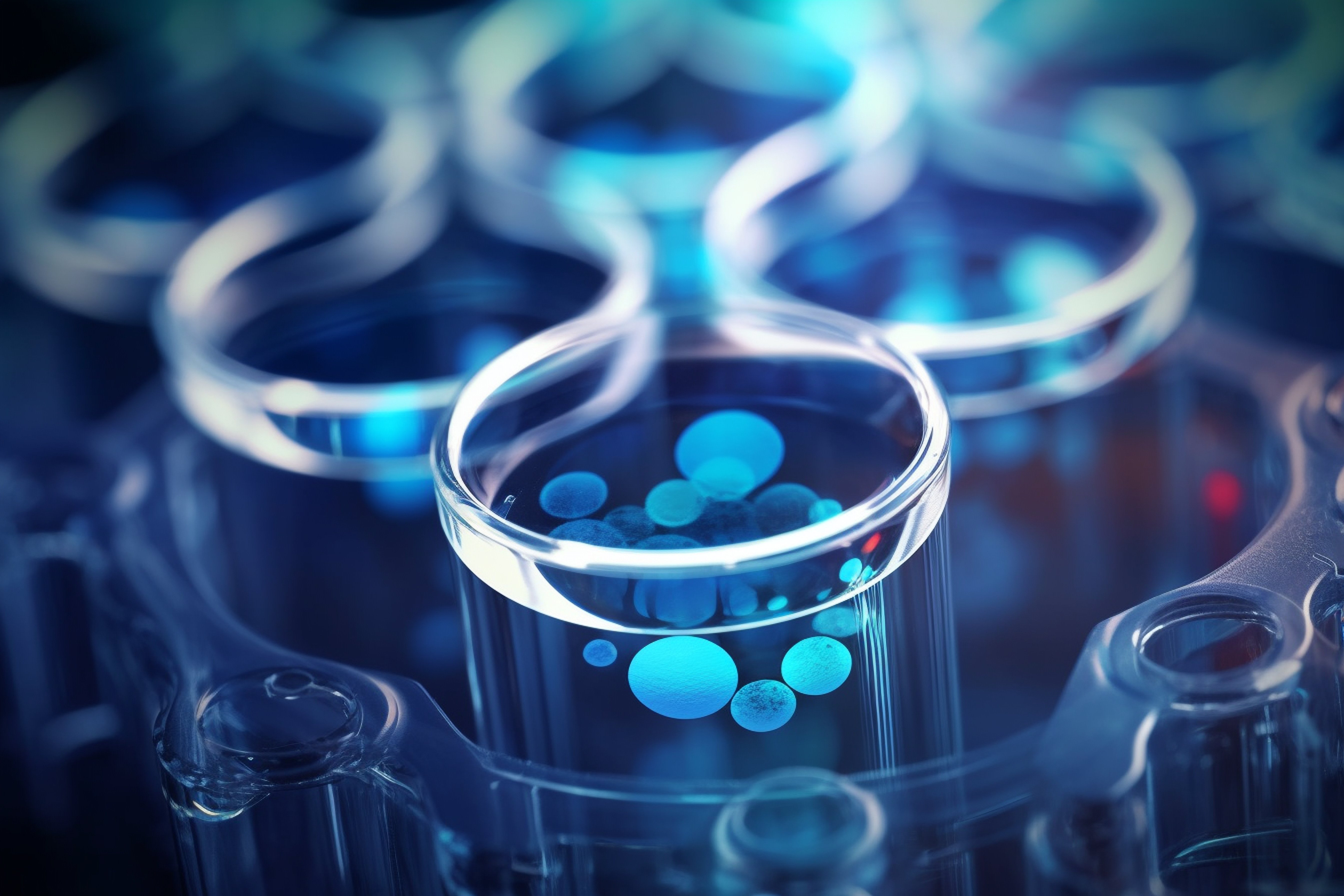Sample homogenization is crucial in various downstream analyses, particularly in fields like molecular biology, biochemistry, and analytical chemistry. Here are some popular sample homogenization techniques used for downstream analysis:
-
Mechanical Homogenization: This technique involves physically disrupting the sample using mechanical force. Common methods include grinding, blending, and mortar-and-pestle grinding. Mechanical homogenizers, such as bead mills or rotor-stator homogenizers, can also be used to achieve high-throughput homogenization.
-
Sonication: Sonication uses high-frequency sound waves to disrupt cells and break down samples. Ultrasonic homogenizers generate cavitation bubbles that collapse, creating localized intense pressure and leading to sample disruption. Sonication is useful for delicate samples, as it can be performed at low temperatures to minimize heat-induced damage.
-
Homogenization by Shearing: Shearing forces can be applied to samples to break them down. Techniques like high-pressure homogenization, microfluidization, or high-speed stirring using blades or rotors generate shear forces that disrupt cells and release intracellular contents.
-
Freeze-Thaw Cycling: This method involves subjecting samples to multiple cycles of freezing and thawing. The formation of ice crystals during freezing causes mechanical disruption of cells, and subsequent thawing releases the intracellular components. It is often used for breaking down bacterial cells or releasing proteins from cell pellets.
-
Enzymatic Digestion: Enzymes can be used to break down specific components of the sample. For example, proteases can digest proteins, and nucleases can degrade nucleic acids. Enzymatic digestion is commonly used for specific analyte extraction in biological samples.
-
Homogenization by Chemical Lysis: Chemical lysis involves using detergents, chaotropic agents, or organic solvents to disrupt cell membranes and release intracellular contents. These agents solubilize lipids and denature proteins, aiding in sample homogenization.
-
Grinding with Liquid Nitrogen: Grinding samples in the presence of liquid nitrogen provides rapid cooling and creates a brittle state, facilitating sample disruption. It is often used for hard or fibrous samples that are difficult to homogenize by other methods.
It is essential to choose a homogenization technique that suits the specific requirements of your downstream analysis and the nature of your sample. Factors such as sample type, desired analytes, scalability, and sample integrity should be considered when selecting a suitable method.

